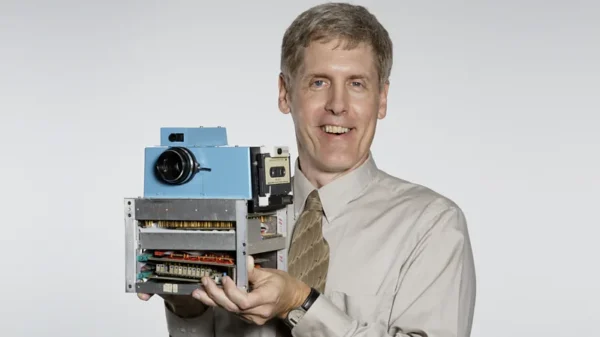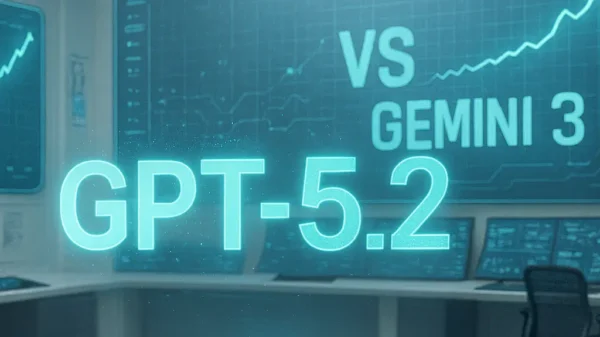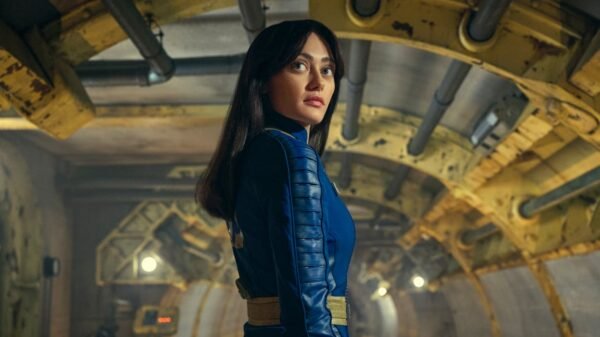Sekiro, the next upcoming title by developer From Software, more commonly known for their Dark Souls games and punishing character-action difficulty, has a lot to live up to. It’s not the first divergence from the Dark Souls formula the studio has tried, however; Bloodbourne featured similar-but-different mechanics and was set in an even darker world than the Dark Souls universe. Several adjustments were made to Bloodbourne to make it more of an action-oriented experience than Dark Souls, as well as quite a bit easier and less frustrating.
But now that we’ve got Dark Souls, and a second series that exists as a slightly easier (or at least more straightforward) version of Dark Souls, many fans are wondering how Sekiro will place its stake in the punishing “Souls” sub-genre of character action titles that many games have attempted to emulate over the past few years.
According to From Software, just about everything is changing this time around. In a conversation with the Playstation Blog, From Software director Hidetaka Miyuzaki details the many ways that death will influence one’s journey in Sekiro.
He starts off by conceptually explaining his idea of a ninja versus a knight, in that a ninja is a person who “can’t take a lot of damage … It’s this idea of fighting on the edge, it’s a risky situation where if you screw up by a hair’s breadth, it’s over.”
Of course, Miyuzaki knows how prevalent of a mechanic death was in From Software’s other titles, and understands that making players die many more times would probably be too frustrating for many of them. This is why the team has introduced a resurrection mechanic.
“…there are three ways death influences Sekiro: for the gameplay purposes of keeping the flow good and being able to have this risky situation, to be able to use it creatively, and also that the story centers around the concept of resurrection.”
There was also mention of death being used as a mechanic to allow the players to gain advantages in fights. However, there was no further detail on how such a mechanic might function in actual gameplay.
Miyukazi explains that From Software struggled to make the game feel truly lethal with traditional death mechanics, since those mechanics would force players to be constantly running back into the action after they’d died. This would make for an experiece that is 90% running and 10% gameplay, and that doesn’t sound like a very fun game.
It’s also important to note that this death mechanic doesn’t mean the game will be any easier. Putting this in the game has allowed From Software to balance the game around players having access to a resurrection mechanic, and Miyuzaki warns that death in Sekiro can be even riskier and more threatening than death in Dark Souls or Bloodborne.
In the gameplay trailer shown during the game’s E3 demo, the character certainly didn’t seem to take many hits, but we’re wondering what exactly this “lower heath” will mean for the gameplay. Dark Souls was never a game where players could survive a great number of attacks, and we’re having a hard time imagining players having significantly less durability than even that – without (hopefully) everything just being a one-hit kill. Maybe in this “lower durability”, players will have a similarly-sized health pool to Dark Souls but won’t have access to healing items anywhere near as powerful as the flasks from the prior titles.
Sekiro: Shadows Die Twice is planned to release on an unannounced date in 2019 for PC, PS4 and Xbox One.
Featured Image Via Flickr / newslanes newslanes
















































